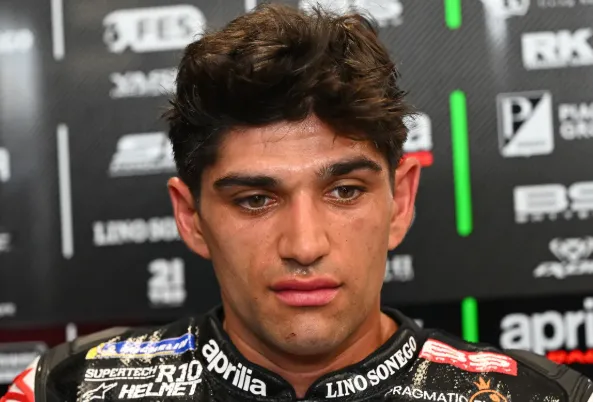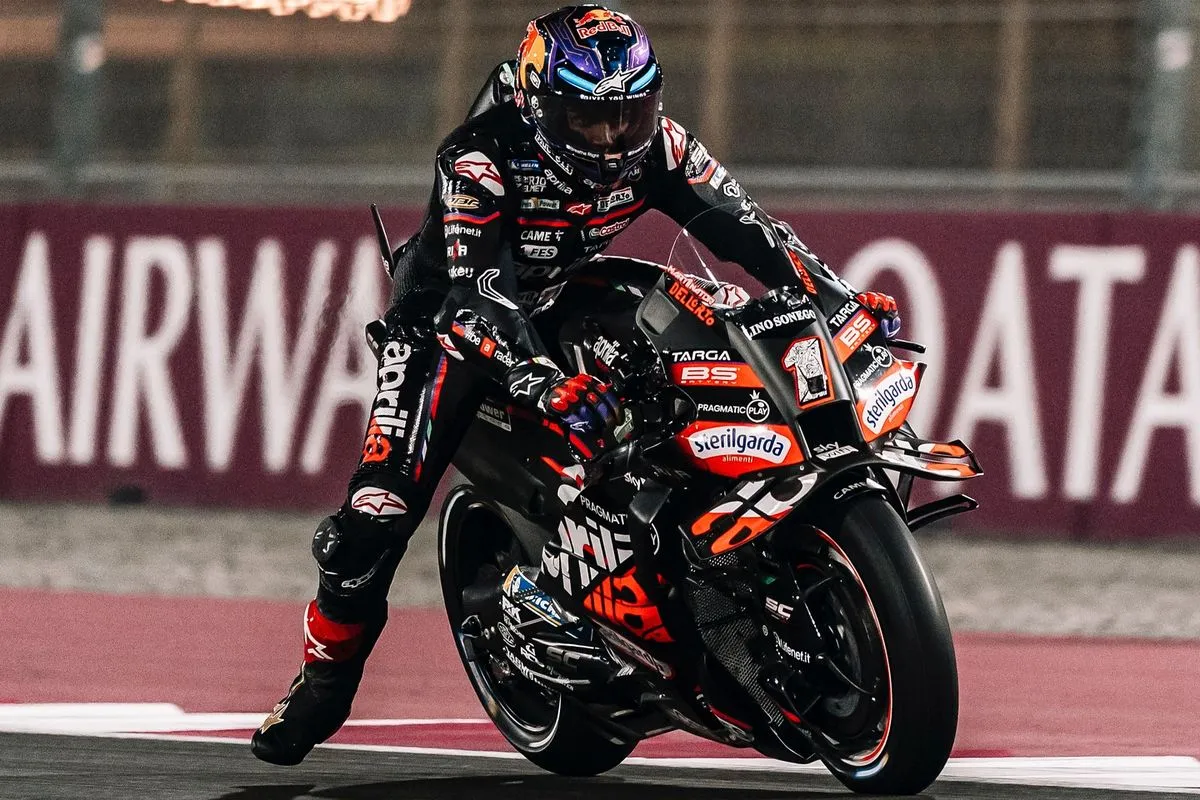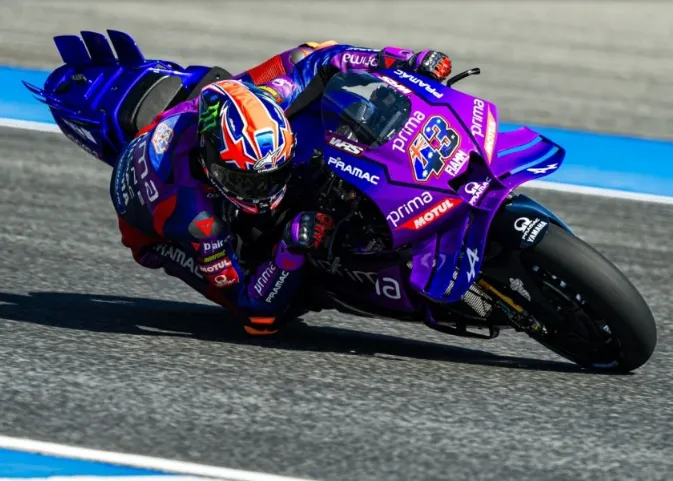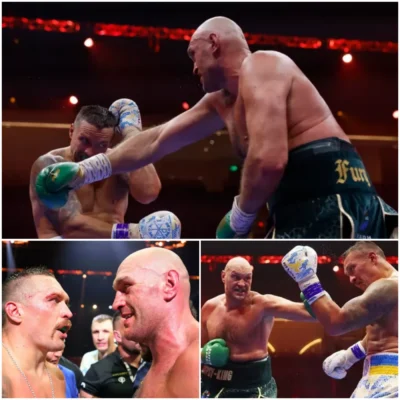

Alex Barros Analyzes the Accident Jorge Martín: ‘Leaning Too Much’ – Rider’s Fault or Track Conditions?
Jorge Martín’s recent crash has sent shockwaves through the MotoGP community, igniting debates around rider technique, track safety, and the fine line between aggression and miscalculation. The loudest voice weighing in? Legendary Brazilian MotoGP figure Alex Barros, who didn’t mince words when he said Martín was “leaning too much” at the moment of impact. But was the incident purely a rider error, or are there deeper concerns about track conditions and safety regulations that contributed to the fall?
As the paddock and fans scramble for answers, Barros’s comments have sparked a wider conversation on how modern MotoGP demands a near-impossible balance of risk, strategy, and mechanical precision. The crash in question not only rattled Martín physically—it may also redefine how riders approach similar corners in the future.
The Moment of Impact: What Really Happened?
The accident took place during the high-speed qualifying run at the Qatar Grand Prix, where Jorge Martín was chasing a front-row start. Going into a left-hander, Martín appeared to lean aggressively into the turn—a signature of his high-risk, high-reward style. But instead of carrying the momentum cleanly through, the front tire gave out, sending him sliding across the asphalt in a dramatic spill.

What’s curious is that multiple riders had complained earlier about inconsistent grip levels in that section of the track. Yet Martín was the only one who ended up crashing there during qualifying. This raised questions: Was it just a riding error, or were unseen variables at play?
Enter Alex Barros, a respected voice in MotoGP analysis due to his years of experience and technical insight. Speaking to Latin American motorsports media, Barros was clear: “He leaned too much for the surface available. You have to respect the feedback the bike gives. If you override it, especially in qualifying, you risk a fall.”
Alex Barros’s Expertise: A Veteran’s Perspective
Alex Barros MotoGP commentary adds weight to debate
For those unfamiliar, Alex Barros is not just another talking head. A MotoGP veteran with over 275 race starts and a deep understanding of race physics, Barros has long been a go-to authority on rider behavior and mechanical setup. His assessment carries weight because it bridges both eras—the gritty two-stroke years and today’s advanced electronics-heavy racing.
Barros acknowledged that Jorge Martín is one of the fastest riders on the grid but warned against the perils of relying too heavily on instinct during a hot lap. “In MotoGP today, you have data, tire feedback, temperature sensors, but in the heat of qualifying, some riders switch off their rational mind. That’s dangerous. You’re leaning into physics that you can’t cheat.”
His comments seem to hint that Martín’s fall was not just a misstep but possibly a systemic flaw in his riding strategy, especially during high-pressure moments. That assessment may feel harsh, but Barros also commended Martín’s bravery and desire to push the limits—highlighting the paradox that defines MotoGP riders today: aggression fuels results, but it also courts disaster.
Track Conditions or Technical Misjudgment?
MotoGP safety and surface grip under scrutiny
While Barros’s critique focused on rider behavior, others in the MotoGP paddock have redirected the spotlight to track conditions. Several teams had already reported that grip levels in sectors 2 and 3 were deteriorating due to sand blowback—common in desert circuits like Qatar. Temperature shifts between free practice and qualifying sessions also meant tires behaved unpredictably.
Pramac Ducati’s technical director even noted post-race, “There’s a reason most riders weren’t going full lean in that section. The asphalt hasn’t cured properly, and our telemetry showed a rapid drop in front-end stability.”
This detail adds complexity to Barros’s analysis. If the track was compromised, then Martín may have been operating under misleading assumptions about traction. In fact, Michelin’s compound reports showed heat retention issues that day, especially on the left side of the tire—corresponding exactly with Martín’s fall.
The takeaway here is that even the most elite riders can be caught off guard when data and instinct collide. Jorge Martín may have been following his usual trajectory, but the track beneath him wasn’t the same track he’d practiced on just hours before.
Martín Responds: “I Knew the Risk, I Took It”
Jorge Martín, never one to deflect accountability, addressed the crash with maturity. In a candid interview, he admitted: “Yes, I leaned aggressively. I was chasing the limit because I knew it would take a special lap to get pole. That’s my style. Sometimes it works. Sometimes it bites back.”
His tone revealed no regret—only realism. For Martín, the decision was calculated, not reckless. He also didn’t blame the track outright but acknowledged it as a factor worth considering.
“I respect Barros, but each rider makes a call in the moment. I made mine, and I crashed. That’s racing,” he said.
This mindset is what makes Martín one of the most exciting—and unpredictable—riders on the grid. He rides with heart, fueled by instinct, and knows the risks involved. However, when even veteran riders like Barros are calling for more caution, it signals a shift in how MotoGP may soon regulate risk-taking behavior during critical sessions.

Lessons for the Future: Where Does MotoGP Go From Here?
The incident has led to calls for deeper examination of how MotoGP prepares riders for sudden grip loss in qualifying scenarios. Barros suggested that the sport may need to revise track inspection routines, especially in venues with weather or surface volatility.
Some paddock insiders are proposing that pre-qualifying simulations include variable surface conditions, mimicking real-world unpredictability. Others have floated the idea of mandatory real-time telemetry feedback for riders during hot laps—though that could raise concerns about over-reliance on tech and reduced rider autonomy.
Even fans are divided. On social media, some see Martín as a warrior who was betrayed by poor track upkeep. Others echo Barros’s sentiment: bravery must be balanced with awareness.
There’s also the issue of public pressure. Riders like Martín are under immense scrutiny from sponsors, teams, and fanbases. Qualifying positions often dictate race strategy and team bonuses. In that environment, it’s understandable why a rider might push beyond what’s technically wise.
But if MotoGP wants to preserve the health and longevity of its stars, a more transparent system for assessing track readiness and grip levels must be established—especially before critical sessions.
Conclusion: A Defining Crash and the Wisdom of Barros
In the end, Jorge Martín’s crash wasn’t just another fall—it was a moment that has opened a broader discussion about the evolving nature of risk in MotoGP. Alex Barros’s critique, though direct, was made out of respect for the sport and the riders who risk their lives each weekend. His voice reminds fans and insiders alike that behind every spectacular lap time is a delicate balance of machine, physics, and instinct.
Whether Jorge Martín adjusts his strategy or continues to race with the same all-or-nothing approach remains to be seen. What’s certain is that both rider and sport have learned something vital: in MotoGP, the margin for error is razor-thin, and wisdom sometimes comes only after a crash.



















Post Comment